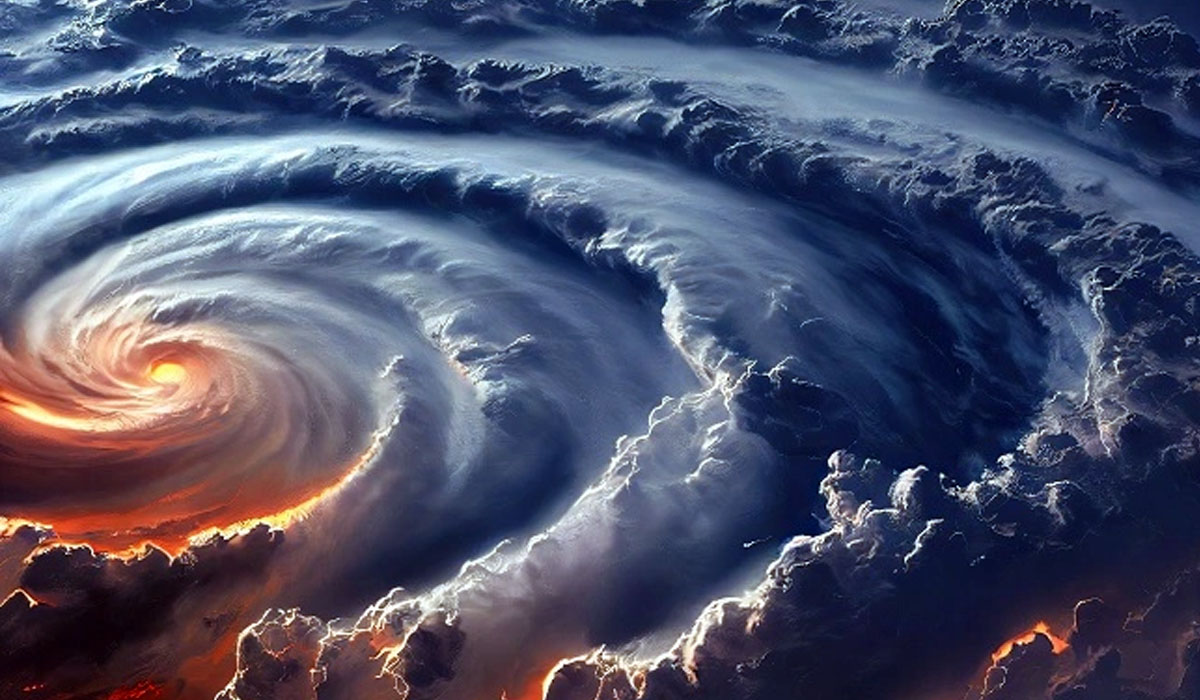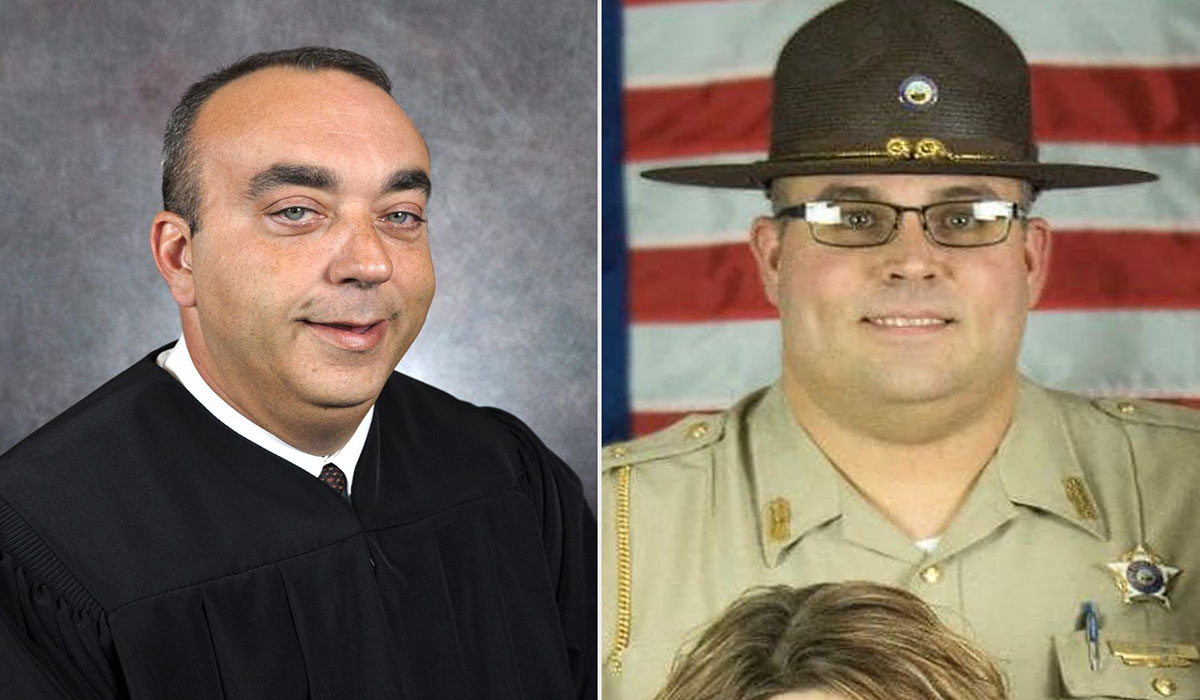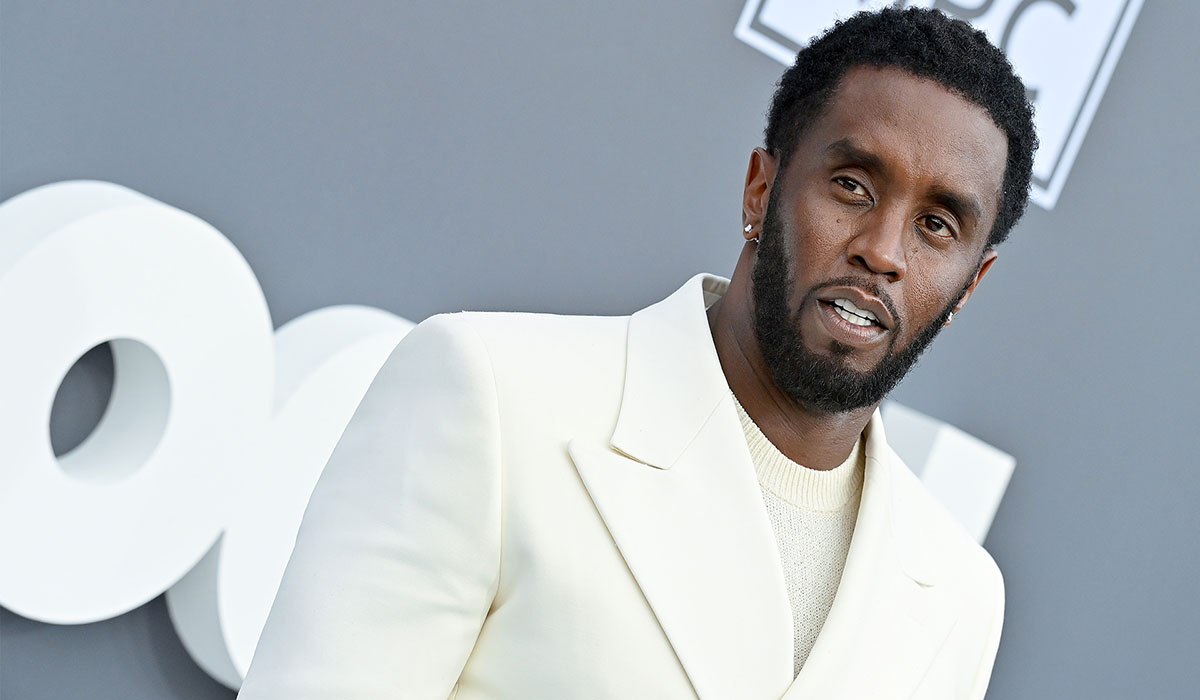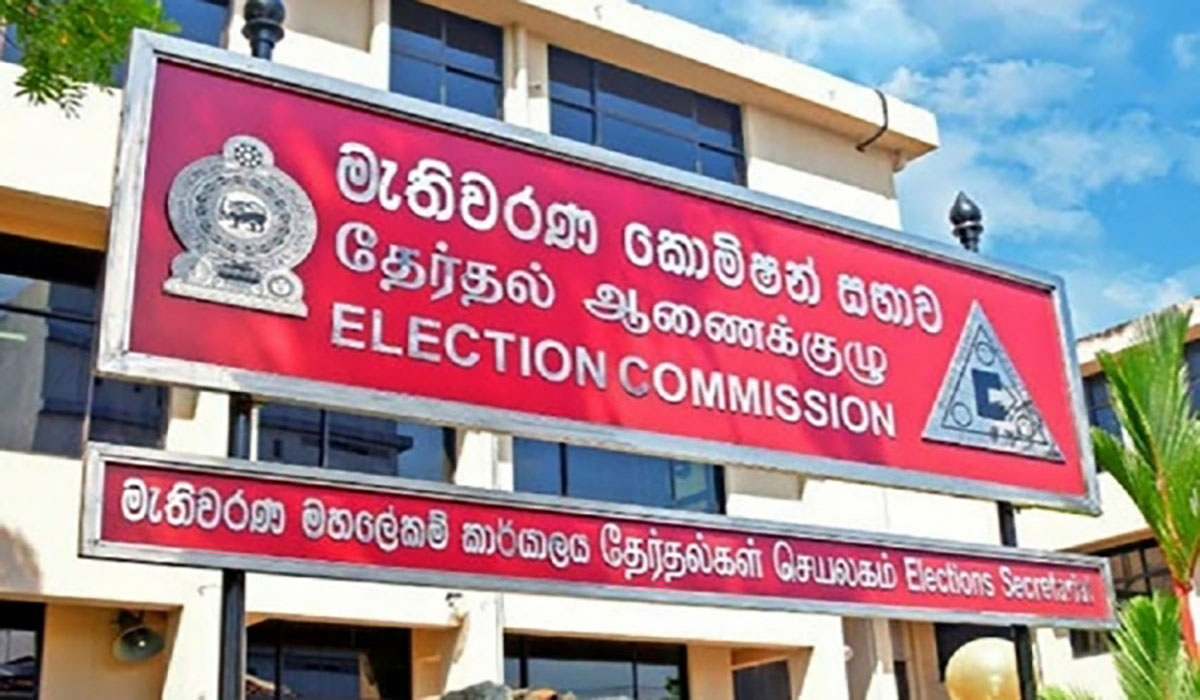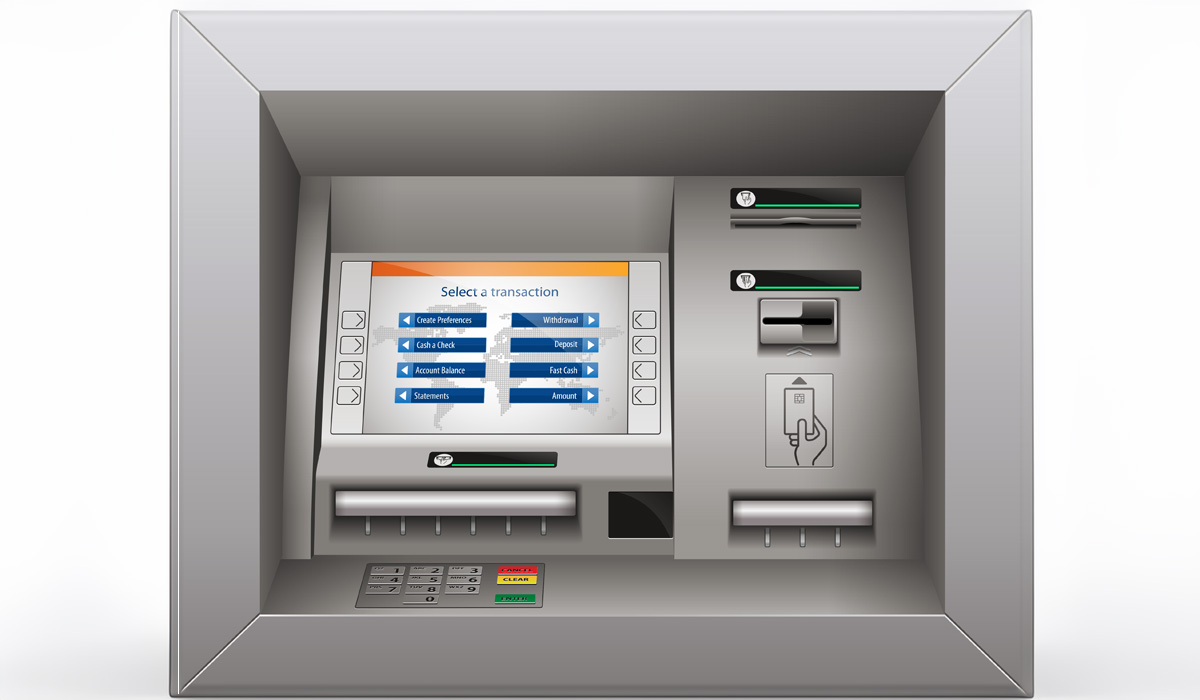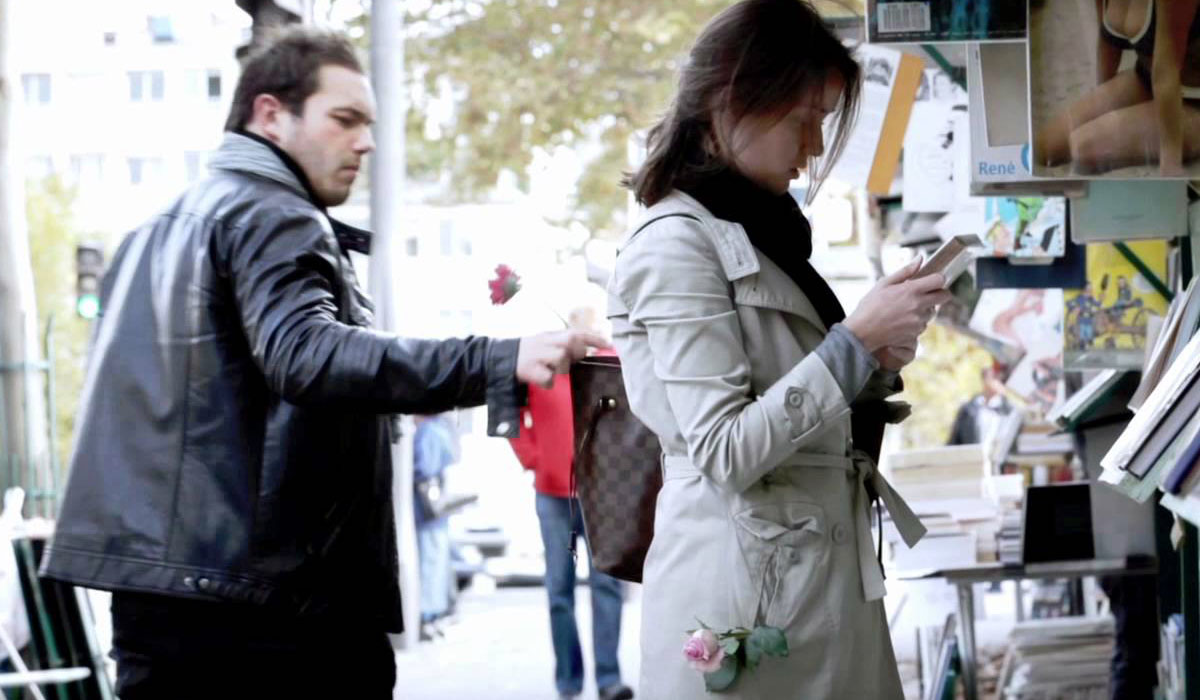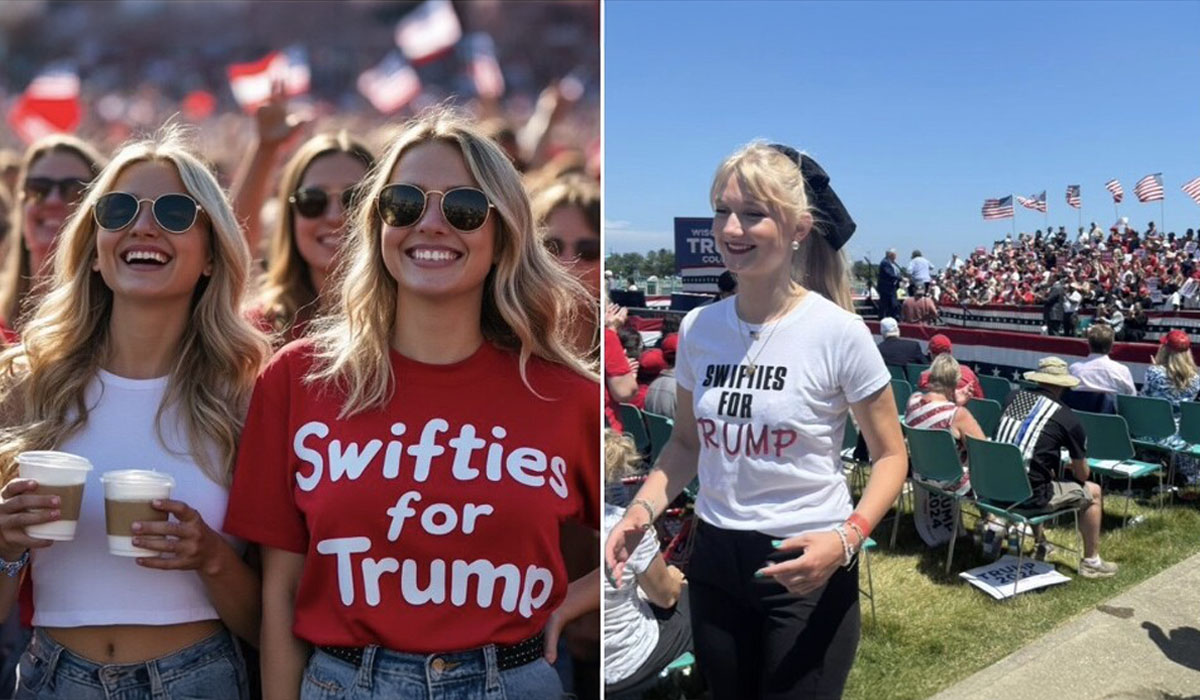Japan braces as powerful Typhoon Ampil strengthens near Tokyo.
Very strong typhoon Ampil lashed Japan’s Pacific coast with fierce winds and heavy rain on Friday, forcing the cancelation of hundreds of flights and trains in the Tokyo area and leaving over 4,000 homes without power. Located about 300 kilometers south of Tokyo, Typhoon Ampil was packing gusts of up to 216 kph as it headed north, the Japan Meteorological Agency said.
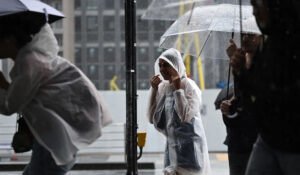
The eye of the typhoon was not expected to make landfall, instead barreling north-eastward up the Honshu coast and skirting the Tokyo region, home to around 40 million people, before heading back into the Pacific from Saturday.
The name Ampil has been used to name two tropical cyclones in the northwestern Pacific Ocean. The name was contributed by Cambodia, which means tamarind.
Hurricanes or Typhoons?
In the North Atlantic and Northeast Pacific oceans, the term ‘hurricane’ is used, whereas in the Northwest Pacific Ocean they are called ‘typhoons. ‘ The name ‘tropical cyclone’ – or sometimes ‘severe tropical cyclone’ or ‘severe cyclonic storm’ – is used in the South Pacific and Indian oceans.
Changing the Naming Convention
Before the 20th century, the United States lacked a standardized method for naming hurricanes. However, other parts of the world had their own unique conventions. In the West Indies, hurricanes were named after patron saints, while 19th-century British meteorologist Clement Wragge chose names from Greek and Roman mythology—or even the surnames of his political rivals—for typhoons in the Pacific Ocean. Wragge also began a practice that would eventually cross the Atlantic: naming hurricanes after women.
In the U.S., hurricanes were initially identified simply by the year or location of their occurrence, such as the “Great Miami Hurricane of 1926.” This changed during World War II when Navy and Air Force meteorologists began naming the tropical storms they tracked after their girlfriends and wives to make communication easier. For a brief period, the U.S. military experimented with naming storms after letters from the phonetic alphabet—Able, Baker, Charlie, and so forth—before settling on a more memorable system.
By 1954, the National Weather Bureau adopted the use of women’s names as the standard for hurricanes, with names like Alice, Barbara, and Carol making their debut. This choice was influenced by wartime practices and reflected prevailing sexist stereotypes about women’s temperamental nature.
The practice persisted in the U.S. until the 1970s, when the women’s movement challenged the negative portrayal of women in various aspects of society, including storm naming. In response, the National Weather Service and the World Meteorological Organization revised the system in 1979 to include an equal mix of men’s and women’s names, using six groups of 26 names that rotate annually.
Today, hurricane naming reflects a more balanced and respectful approach, symbolizing progress towards equality while ensuring clarity and effectiveness in communication.

